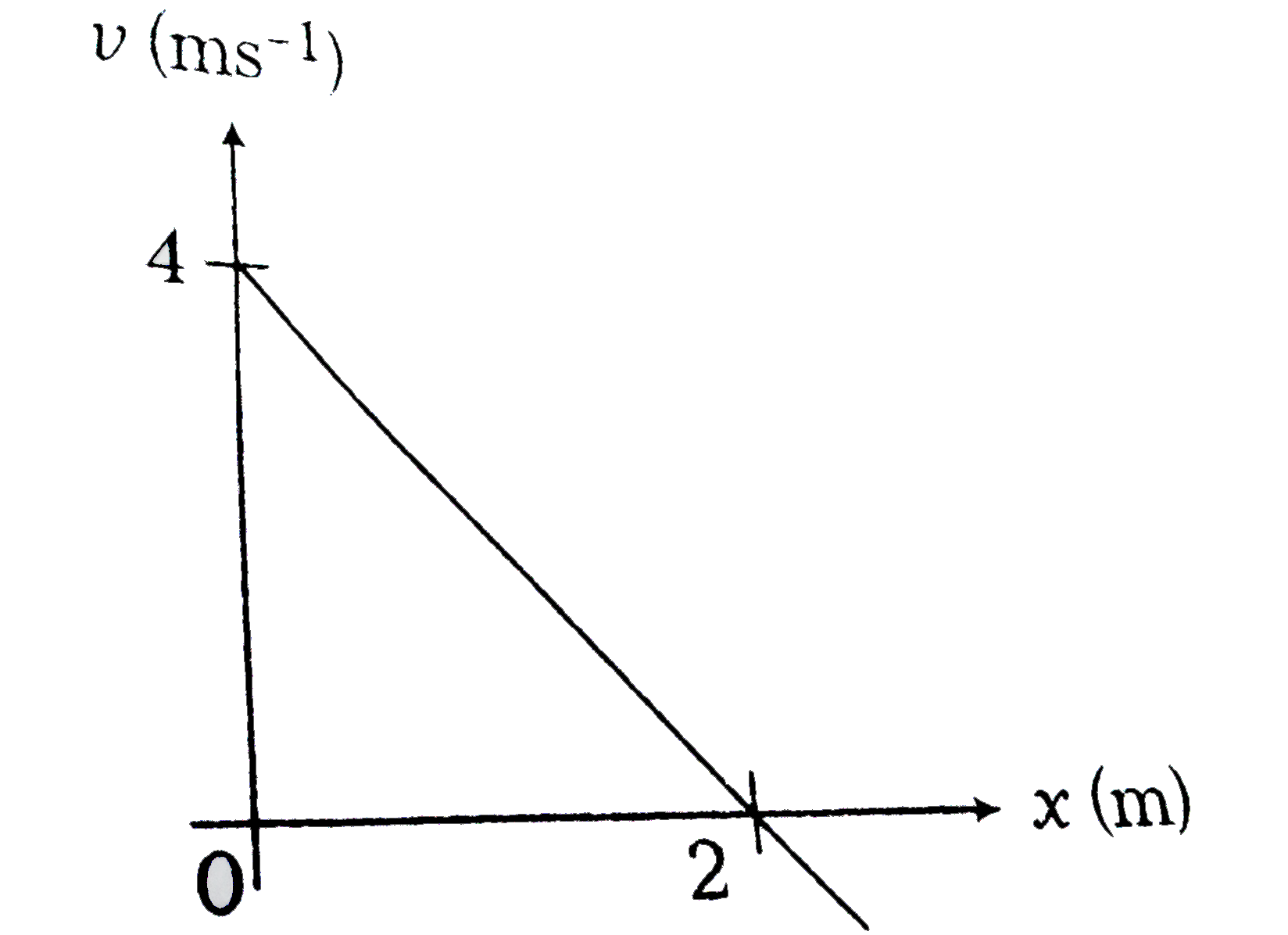A particle moves along the X-axis with velocity v=dxdt=f(x) then the acceleration of the particle is Solution in Telugu
f''(x)
f(x)
f(x),f(x)
f(x)
The correct Answer is:C
Step by step video, text & image solution for A particle moves along the X-axis with velocity v = (dx)/(dt)=f(x) then the acceleration of the particle is by Maths experts to help you in doubts & scoring excellent marks in Class 11 exams.
Updated on:21/07/2023Topper's Solved these Questions
- RATE MEASUREMENTBook:AAKASH SERIESChapter:RATE MEASUREMENTExercise:PRACTICE SHEET (EXERCISE - 1) (LEVEL - 1) (STRAIGHT OBJECTIVE TYPE QUESTION)
Explore 43 Videos
- PROPERTIES OF VECTORSBook:AAKASH SERIESChapter:PROPERTIES OF VECTORSExercise:PRACTICE EXERCISES
Explore 55 Videos
- RATE OF CHANGEBook:AAKASH SERIESChapter:RATE OF CHANGEExercise:Advanced Subjective Type Questions
Explore 22 Videos
Similar Questions
If a particle moves alonga straight line by S=4t2−8t+3 and the time at which the particle comes of rest is 't' seconds then '2t' is
View SolutionIf ¯¯¯¯¯¯OA=¯i+2¯j−3¯k,¯¯¯¯¯¯OB=3¯i−2¯j+5¯kand2¯¯¯¯¯¯AC=3¯¯¯¯¯¯AB then ¯¯¯¯¯¯AC=
View SolutionA stone is dropped into a quiet pond and waves move in circles outward from the place where it strikes, at a speed of 30 cm per second. At the instant when the radius of the wave ring is 50 mt, find the rate of increase in the area and in the circumference of the wave ring.
View SolutionA particle starts at the origin and moves along the x-axis in such a way that its velocity at the point (x,0) is given by the formula (dx)/(dt)=cos^(2)pi x. Then the particle never reaches the point on
View SolutionThe displacement of a particle moving along x-axis is given by :
x=a+bt+ct2
The acceleration of the particle is.
View SolutionA particle is moving along x-axis. Its velocity v with x co-ordinate is varying as v=√x. Then
View SolutionThe velocity of a particle moving in the positive direction of X-axis varies as v=5sqrt(x) . Assuming that at t = 0, particle was at x = 0. What is the acceleration of the particle ?
View SolutionThe velocity (υ) of a particle moving along X-axis varies with its position x as shown in figure. The acceleration (a) of particle varies with position (x) as

View SolutionThe figure shows a particle moving along x - axis subjected to three particles of acceleration (a). Rank the periods according to the increase they produce in the particle velocity, greatest first.
View SolutionThe acceleration - time graph for a particle moving along x - axis is shown in figure, If the initial velocity of particle is −5m/s, the velocity at t = 8 s is

View SolutionVelocity of particle moving along x-axis is given as v = ( x^(3) - x^(2) + 2) m // sec. Find the acceleration of particle at x=2 meter.
View SolutionX-অক্ষ বরাবর গতিশীল একটি কণার বেগ v ও সরণ x-এর মধ্যে সম্পর্ক v2=16−x2 | x=5 সেমি দূরত্বে কণাটির ত্বরণ নির্ণয় কর |
View SolutionThe velocity-position graph of a particle moving in a straight line along x-axis is given below. Acceleration of particle at x = 2 m is
View SolutionThe figure shows a particle moving along x - axis subjected to three particles of acceleration (a). Rank the periods according to the increase they produce in the particle velocity, greatest first.
View SolutionA particle of unit mass is moving along x-axis. The velocity of particle varies with position x as v(x). =αx−β (where α and β are positive constants and x>0 ). The acceleration of the particle as a function of x is given as
View Solution

